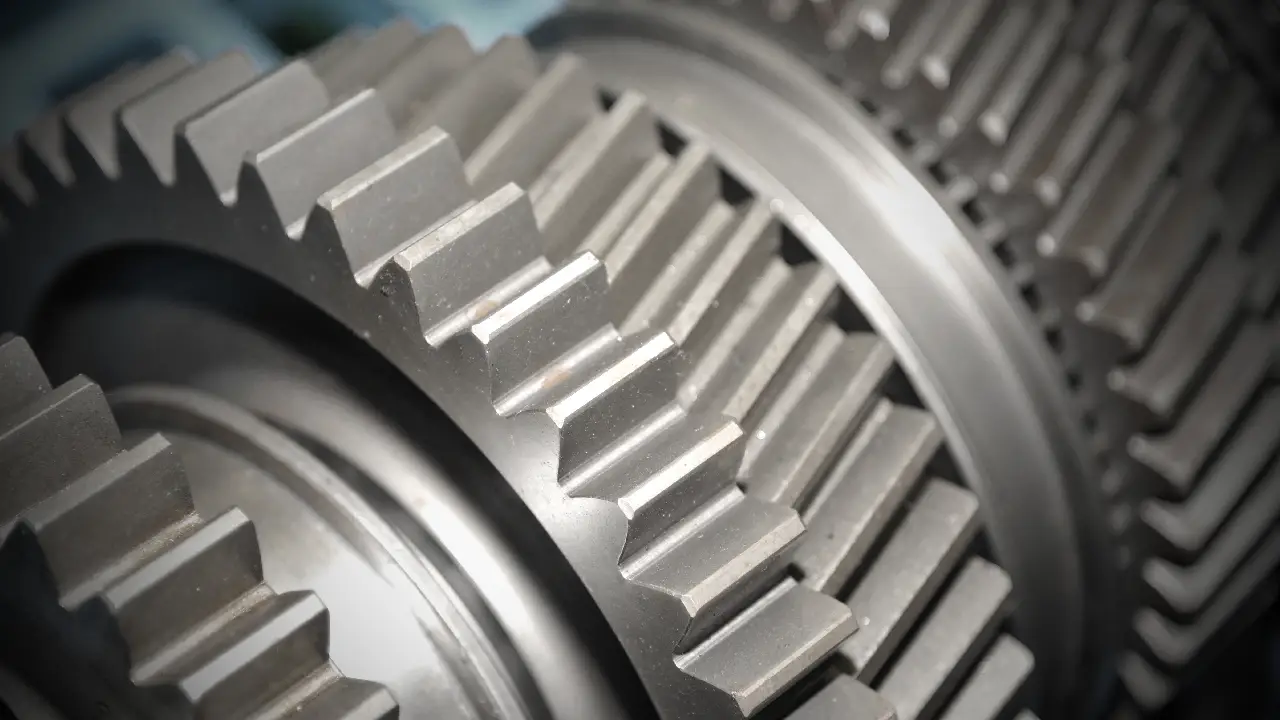- Armor Blog
- Company
- Industrial Lubricants for Wind Turbine Applications
The Rise of Demand for Wind Turbines
One of the most urgent challenges facing humanity today is how to meet the growing demand for energy without causing irreversible damage to the environment.
The burning of fossil fuels to generate energy releases harmful greenhouse gases into the atmosphere, which contribute to global warming and climate change.
Therefore, there is a growing global awareness of the need to find alternative sources of clean and sustainable energy, such as solar, wind, hydro, geothermal and nuclear power.
Wind turbines are one of the most promising sources of clean and renewable energy. They convert the kinetic energy of the wind into electricity, reducing greenhouse gas emissions and fossil fuel dependence.
There has been a rise in demand for wind power in the past few years. According to the Global Wind Energy Council, the global installed wind capacity reached 743 GW in 2020, an increase of 12.6% from 2019.
The numbers of wind turbines are growing steadily, as more countries and regions invest in this sustainable technology. However, there are also some challenges and opportunities associated with wind energy development, such as environmental impacts, grid integration, cost reduction, and innovation. But did you know that wind turbines also need proper lubrication to function efficiently and reliably?
Lubricants for Wind Turbine Applications
One of the most important maintenance tasks for wind turbines is to ensure proper lubrication of their moving parts. Lubrication helps to reduce friction and wear, which can affect the performance and lifespan of the turbine. Lubrication also protects the turbine from corrosion and contamination, which can damage the components and cause failures.
So, What lubricants are used in wind turbine?
Gear oil is the most important lubricants for wind turbine applications. The gearbox is one of the most critical components of a wind turbine that requires lubrication. It transfers the rotational energy from the blades to the generator, and it is exposed to high loads and speeds.
The turbine’s gearbox also faces harsh environmental conditions, such as extreme temperatures, humidity, dust, and saltwater exposure. These factors can increase the risk of wear and corrosion in the gearbox, which can lead to costly repairs or replacements.
Therefore, it is essential to choose the right lubricant for the gearbox of a wind turbine. The lubricant should have:
- A high viscosity index to maintain its thickness and lubricity over a wide range of temperatures
- A good anti-wear and anti-corrosion properties to protect the metal surfaces from abrasion and oxidation
- A good water separation and filtration capabilities to prevent water contamination and remove any impurities from the system
Here are some key considerations for selecting lubricants for wind turbine Applications:
Gearbox Lubricants: Wind turbine gearboxes operate under heavy loads and extreme conditions. High-performance gear oils with excellent thermal stability, anti-wear properties, and resistance to micropitting and foaming are essential for efficient power transmission and gear protection.
Bearing Lubricants: Bearings in wind turbines require lubricants that provide reliable lubrication, reduce friction, and prevent wear and corrosion. Synthetic greases or oils with high viscosity index and EP/AW (extreme pressure/anti-wear) additives are commonly used for bearing lubrication.
Hydraulic Fluids: Hydraulic systems in wind turbines require hydraulic fluids that offer excellent oxidation resistance, anti-wear protection, and compatibility with seals and elastomers. Choosing hydraulic fluids with the right viscosity and additive package ensures efficient operation and extends the life of hydraulic components.
Pitch and Yaw Systems: Pitch and yaw systems play a critical role in wind turbine control. Lubricants for these systems need to withstand extreme operating conditions, including high loads and variable temperatures. Specialized greases or oils with EP/AW properties and good water resistance are typically recommended.
Different Types of Lubricants for Wind Turbine Applications
Synthetic lubricants are widely used in the wind turbine industry because they offer superior performance and longer drain intervals compared to mineral oil-based lubricants. Some statistics estimate that about 80% used are synthetic lubricants for wind turbine applications.
Synthetic lubricants are manufactured from chemically engineered base stocks that have specific molecular structures and properties.
They are made to fit specific requirements such as:
- Higher viscosity index
- Lower pour point
- Better oxidation stability
- Lower foam tendency
- Higher resistance to micropitting.
One of the most common types of synthetic lubricants used for wind turbine gear boxes is polyalphaolefin (PAO). PAO-based lubricants have excellent thermal and oxidative stability, high shear stability, low traction coefficient and good compatibility with seals and elastomers.
PAO-based lubricants can also be blended with other synthetic base stocks, such as esters or alkylated naphthalenes, to enhance their solvency and additive response.
Another type of synthetic lubricant that is gaining popularity for wind turbine gear boxes is metallocene polyalphaolefin (mPAO).
mPAO-based lubricants have higher viscosity index, lower traction coefficient, lower pour point and better foam performance than conventional PAO-based lubricants.
mPAO-based lubricants can provide advanced micropitting protection and extend drain intervals even in extreme operating environments.
How to choose an industrial lubricants manufacturers in UAE
If you’re considering entering the industrial lubricants business, it’s imperative to carefully select the manufacturer you’ll be sourcing from. Think twice before making the decision because your choice will significantly influence your venture’s success and serve as a foundational element in achieving customer satisfaction.
How to make a better choice and find a reliable manufacturer and supplier? look into the following factors:
- The quality and performance of the lubricants, which should meet or exceed the international standards and specifications of API, SAE, MIL, OEMs, etc.
- The range and availability of the lubricants, which should cover various applications and industries such as automotive, marine, industrial, metalworking, etc.
- The customer service and support of the manufacturer, which should provide timely delivery, technical assistance, after-sales service, etc.
- The reputation and experience of the manufacturer, which should demonstrate reliability, trustworthiness, innovation, and customer satisfaction.
One of the leading industrial lubricants manufacturers in UAE is Armor Lubricants, offering a wide range of products for various applications and industries.
Armor Lubricants is an ISO 9001:2015 certified company that follows the highest standards of quality and safety. We produce synthetic and mineral based gear oils, hydraulic oils, brake fluids, coolants, greases and specialty lubricants for automotive, marine and industrial use.
Armor Lubricants has a strong distribution network across the UAE and exports its products to many countries in the Middle East, Africa and Asia. We are committed to delivering excellence and satisfaction to its customers through innovation, technology and service.




 Spear lubricants
Spear lubricants Armada lubricant
Armada lubricant Ace lubricants
Ace lubricants Perfect lubricants
Perfect lubricants Enzo lubricants
Enzo lubricants Lawrence lubricants
Lawrence lubricants